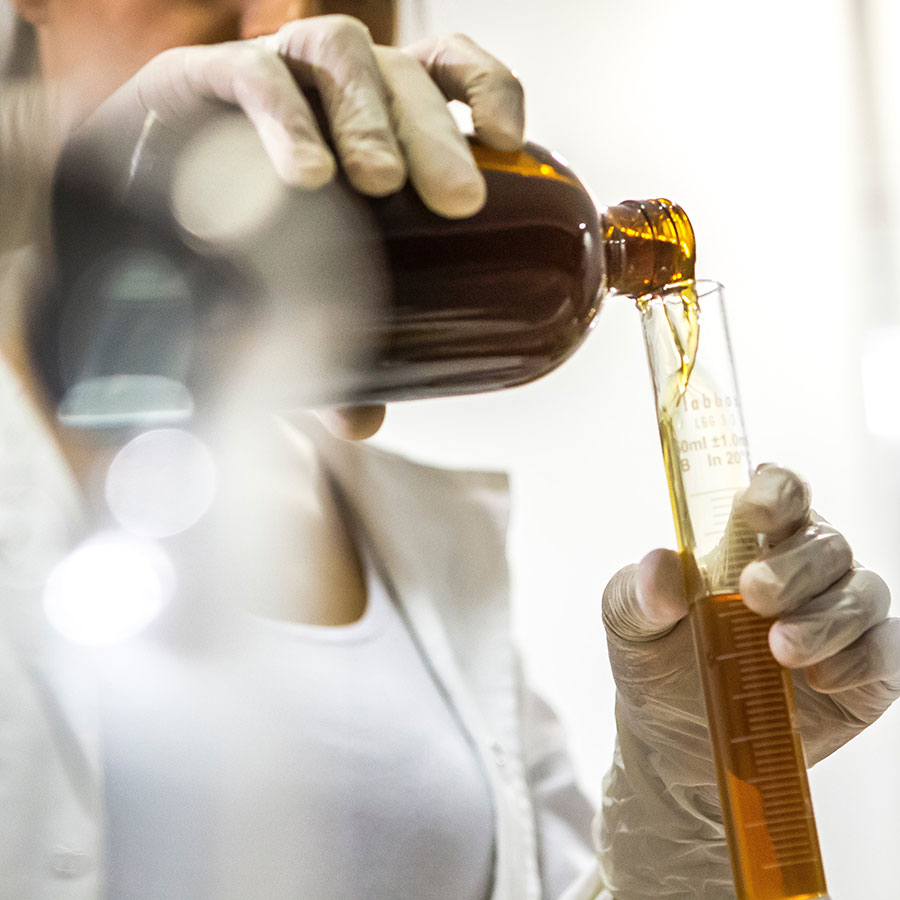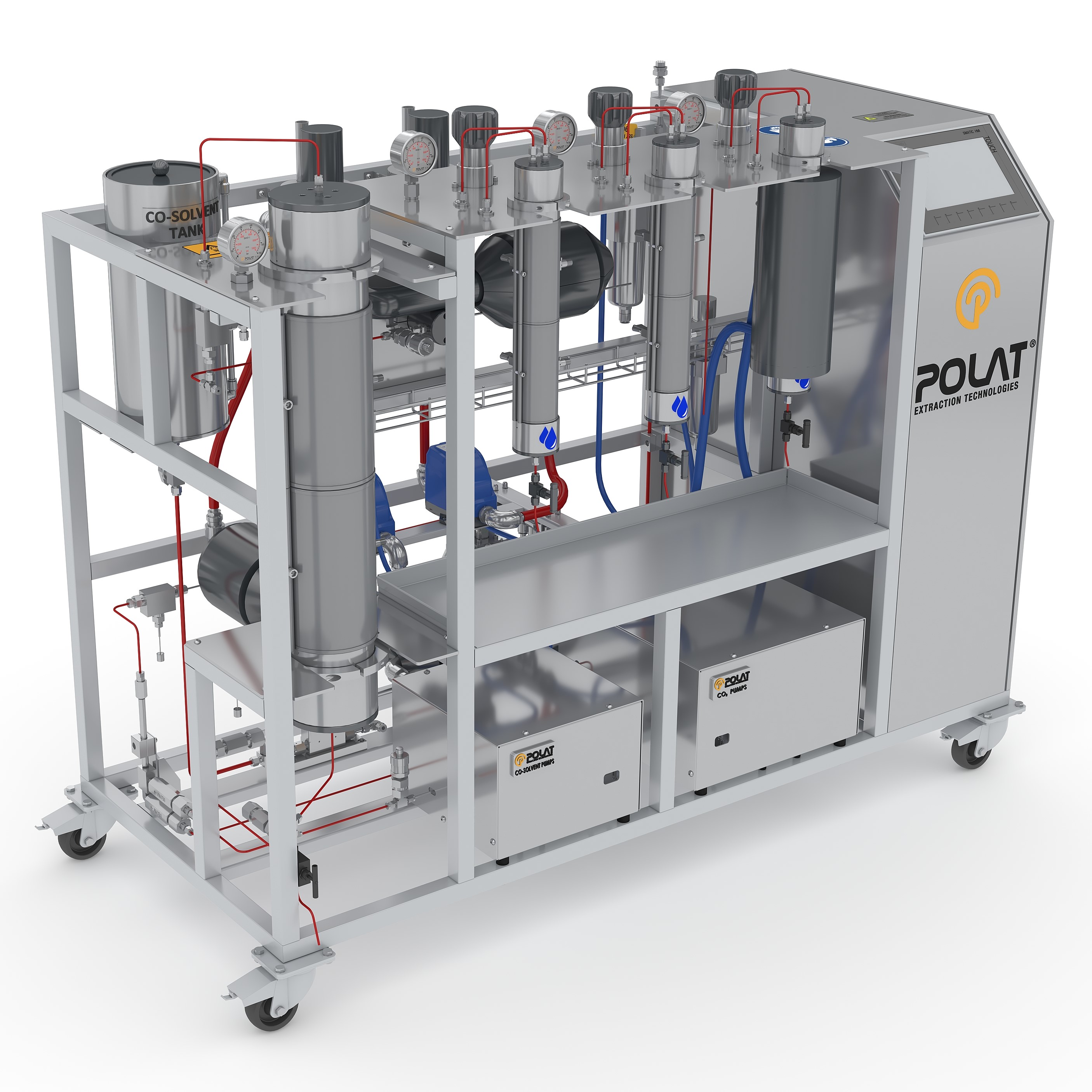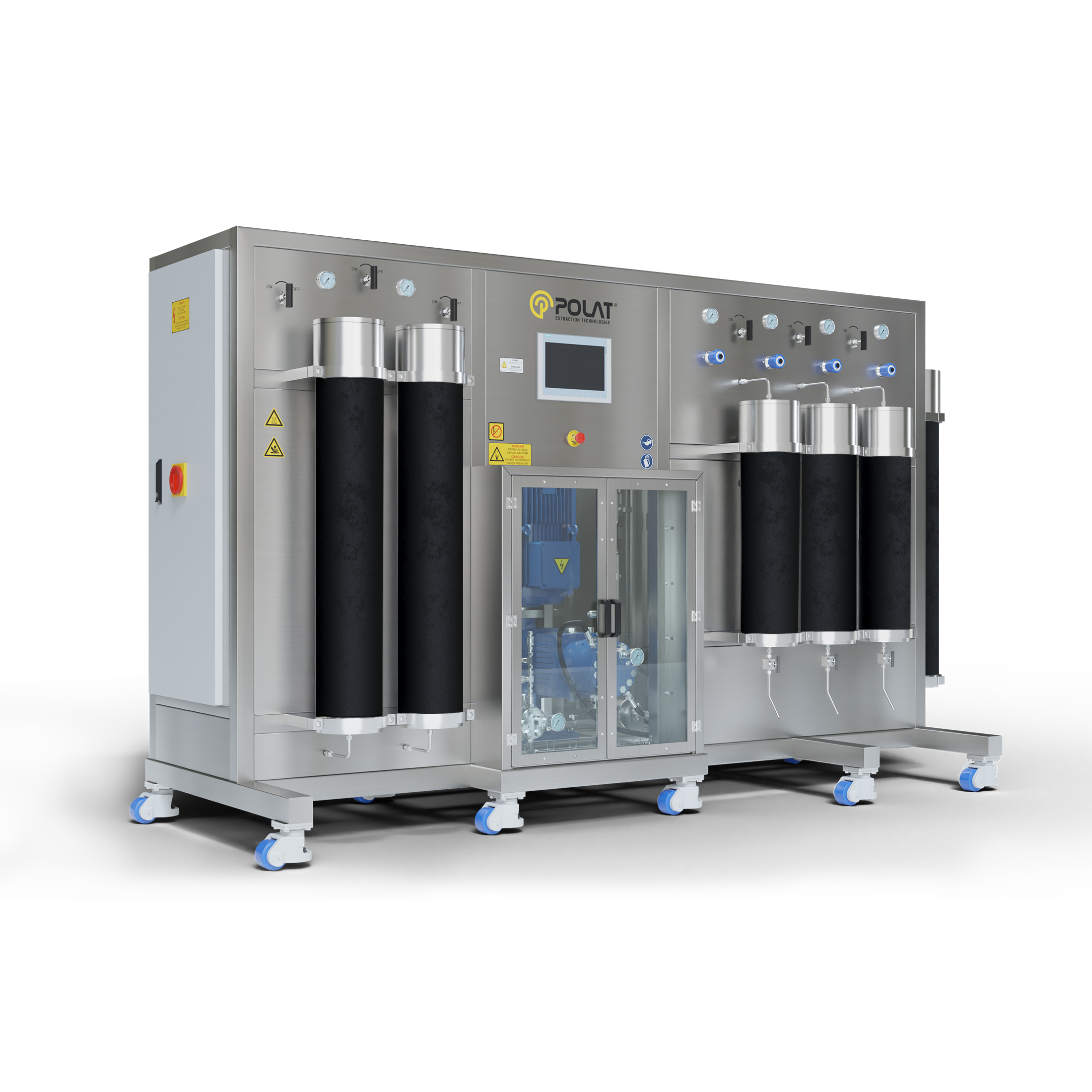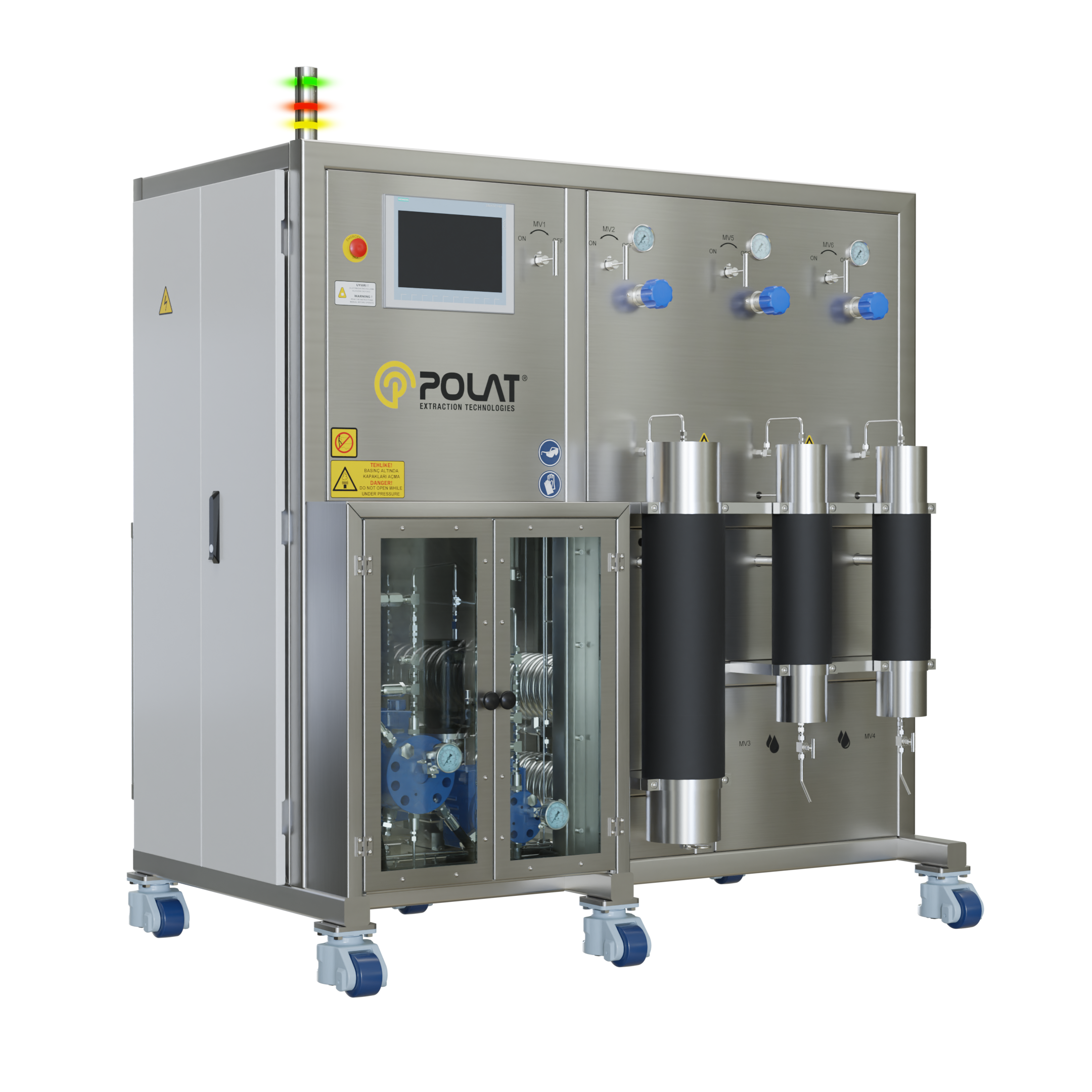Other Industries
New fields of application require new processes. For customer needs, we conduct internal research and establish international research partnerships in order to develop new processes and application-oriented solutions.

Since Supercritical Fluid Extraction has many advantages over conventional processes, it has strong potential in various applications. To achieve the perfect results, we conduct international research partnerships for your needs and develop unique processes.
Supercritical Fluid Extraction Systems having different capacities can be also produced for your special needs.
Wood Applications
- Cleaning of cork
- Impregnation of wood
Chemical Reactions
- Polymerization, hydrogenation
- Catalytic hydrothermal gasification
- Removal of toxic organics (Supercritical Water Extraction)
- Enzymatic reactions
Material processing
- Microencapsulation
- Coating, dyeing
- Aerogels
- Particle formation
- Impregnation
Cleaning
- Dry cleaning
- Cleaning of metallic parts
- Sterilization
- Removal of undesired substances
PEX1002
Supercritical Fluid Extraction (SFE) is a process of separating desired substances from mixtures using a suitable solvent. Carbon dioxide, the most commonly used solvent, is preferred for its environmental friendliness and the ease with which its physicochemical properties can be adjusted. This method is particularly effective in purifying heat-sensitive compounds and prevents chemical degradation.
DetailsPEX2020
Supercritical Fluid Extraction (SFE) is a process of separating desired substances from mixtures using a suitable solvent. Carbon dioxide, the most commonly used solvent, is preferred for its environmental friendliness and the ease with which its physicochemical properties can be adjusted. This method is particularly effective in purifying heat-sensitive compounds and prevents chemical degradation.
DetailsPEX1005
Supercritical Fluid Extraction (SFE) is a process of separating desired substances from mixtures using a suitable solvent. Carbon dioxide, the most commonly used solvent, is preferred for its environmental friendliness and the ease with which its physicochemical properties can be adjusted. This method is particularly effective in purifying heat-sensitive compounds and prevents chemical degradation.
Details

